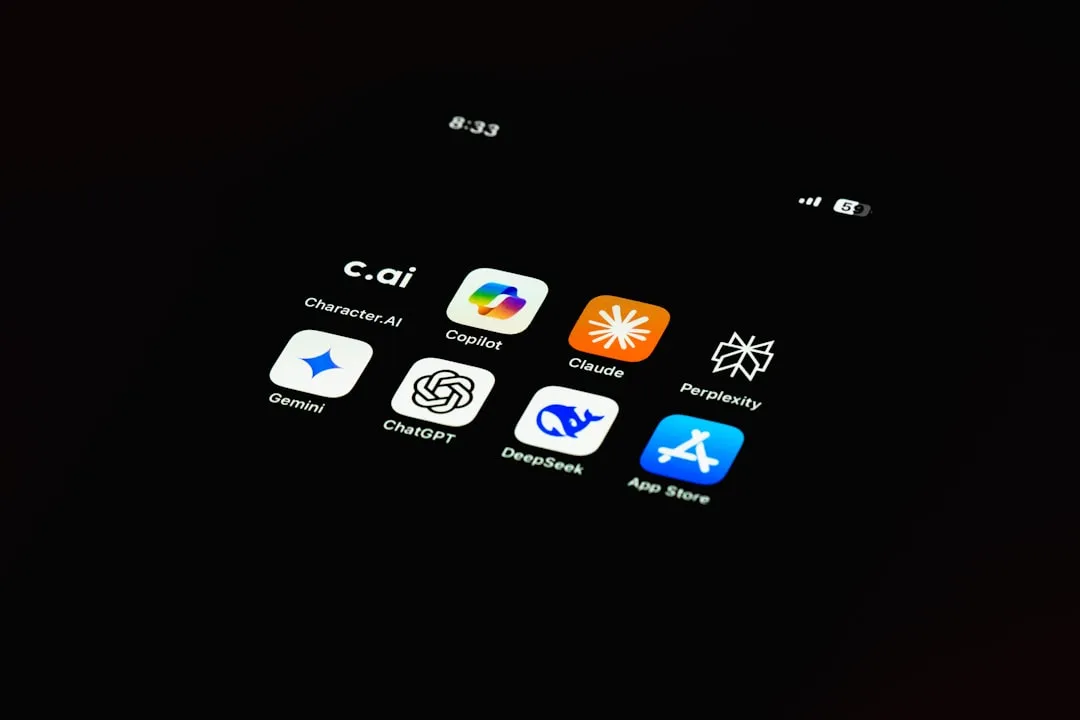After the iPhone X eclipsed the $1,000 mark, phone prices skyrocketed. Android OEMs like Samsung started putting out phones in the same price bracket that were crammed with expensive parts. To appease the folks that didn't want to drop over a grand on even the nicest phones, a new segment was created with devices that are still in the flagship tier, but not top-of-the-line.
This is the case with Apple's iPhone 11 Pro, which itself is about as good of a phone as you can get, but isn't quite as much of a spec champ as the iPhone 11 Pro Max. For Samsung, the Galaxy Note 20 fills this gap in the shadows of its bigger brother, the Note 20 Ultra. So it's a pretty level playing field, which will have many folks wondering which of the two phones is the better deal, Samsung or Apple.
Comparison Chart

Jon Knight/Gadget Hacks
What the Galaxy Note 20 Does Better
When deciding at this price point, the Galaxy Note 20's main advantages lie with its camera and its charging. For starters, the 64 MP telephoto camera capable of 8K video capture is not available on the iPhone 11 Pro. The same camera also provides 3x optical zoom and 30x digital zoom, both exceeding what the iPhone 11 Pro offers.
For those who are concerned about charging, the Galaxy Note 20 is faster and provides more option. Its 25 W power charger (or power bank such as the ELECJET PowerPIe) gives its similar charging times to the iPhone 11 Pro despite the 41% larger battery. If wireless charging is more your speed, the Galaxy Note 20 can charge up to 15 W using the Qi standard, double that of the iPhone 11. Unlike the iPhone 11 Pro, you can charge other Qi devices such as your Galaxy Buds Live or even your friend's iPhone 11 Pro.
At the time of launch, with the world still in quarantine, having an in-display fingerprint scanner is a better option than Face ID. You can use it with a mask and with latex gloves thanks to Qualcomm's 3D Sonic Max technology. And for those prone to dropping their phone, you can worry less thanks to the Gorilla Glass Victus, which offers better drop protection (surviving drops at 6.56 feet) and scratch protection than the prior version. You can hold the extended warranty longer with one more year than the iPhone 11 Pro, so if you do break your phone, you can be protected.
What the iPhone 11 Pro Does Better
Unlike when comparing the larger more expensive options, the iPhone 11 Pro has many more advantages over the Galaxy Note 20. Because the Samsung Galaxy Note 20 doesn't share many of the top features of the Note 20 Ultra, it doesn't compare as well.
For those looking for a more compact design, the iPhone 11 Pro is the only option. The 5.8-inch display helps it to be shorter, narrower, and thinner than the Galaxy Note 20. It is also lighter, making it easier to hold. Its stainless steel frame should give it better protection than the aluminum of the Note 20, and its glass back will give it a more premium feel than Samsung's plastic.
The iPhone crushes the competition when it comes to water resistance. While both have an IP68 rating, the iPhone 11 Pro is rated for up to four meters of submersion for 30 minutes, compared to the Note 20's 1.5 meters for the same length of time.
The iPhone 11 Pro offers a dual SIM model in the US, so you're able to use both nano-SIM and eSIM simultaneously. And thanks to its smaller display size, it has a 17% higher pixel density than the Note 20.
It also has the advantages of being an Apple product. This includes using the best SoC on the market, the A13 Bionic. Thanks to tight integration, the run will run smooth longer, with the phone receiving updates for a minimum of five years after launch. It has to Face ID, the industry standard for biometrics that is much more secure than a fingerprint scanner, whether physical or in-display. Then there is AppleCare+, the extended warranty that is cheaper for the basic plan and supports more issues, including the ability to get a replacement phone if your iPhone is lost or stolen.
Cover image via MKBHD/YouTube and MKBHD/YouTube





























Comments
Be the first, drop a comment!